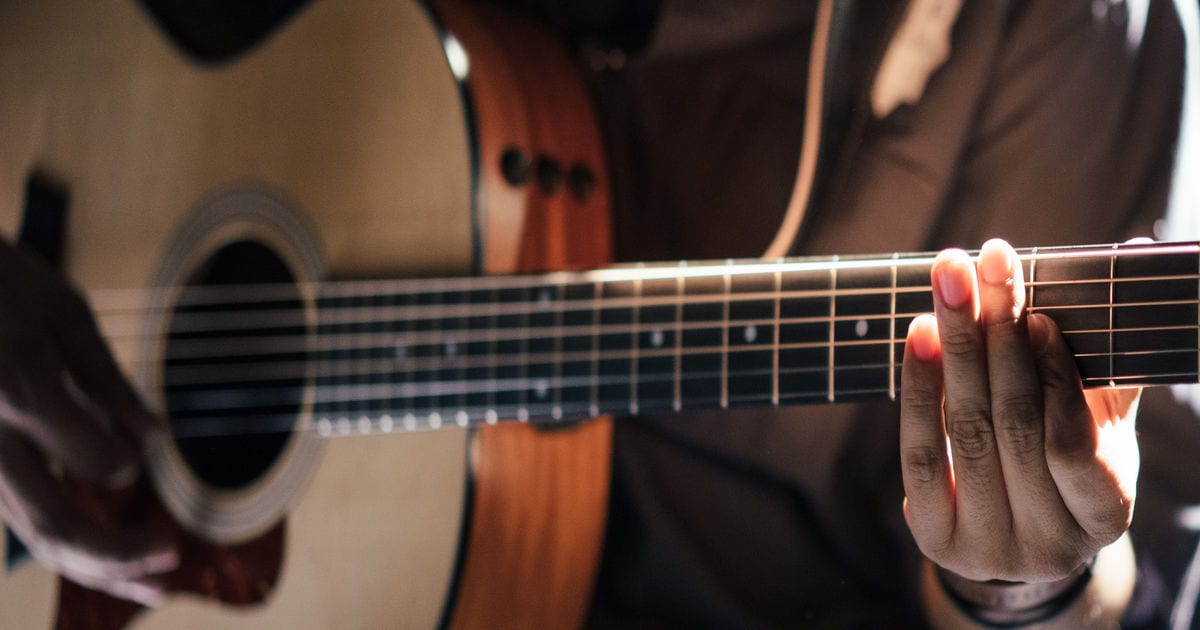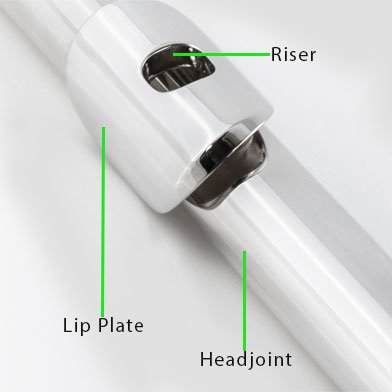- What accessories do I need for my violin?
Your violin ideally needs to be in a case, with a chin rest attached, a separate shoulder rest, a bow and some rosin. With all this in place you have everything you need to play the violin. [view parts of a violin] - What are the strings on my violin?
The strings on a violin are G, D, A and E. E is the highest pitch string, and the thinnest and G is the lowest pitch and thickest string. They need to be strung in the correct order and put on by someone who knows what they are doing. The strings will go out of tune frequently and you will learn how to tune the violin either by the pegs at the top or the fine tuners at the bottom of the violin. - How old do I have to be to play the violin?
Children as young as 3 can learn the violin. Violins come in different sizes to accommodate children as they grow. The smallest look like toys, but despite their cuteness they work as well as a full-size violin! A 6-year-old will generally start on a ¼ size violin, and as children grow they will work through the sizes to ½, ¾ and then full size. - Are the coloured violins aimed at children any good?
Generally, these violins are not set up properly and made for anyone to learn the violin seriously. They are often made of very cheap wood and have cheap strings. If you are paying £50 for a pink violin, with a pink bow in a pink case it doesn’t take much thinking to realise that the violin itself wont’ really be fit for purpose! They are great as a gimmick or prop but not recommended for a beginner. - Can I learn the violin on an electric violin?
Electric violins are usually aimed at musicians who perform and need amplification. They are used by musicians who already play acoustic violins and will be for a specific genre of music. They aren’t used for teaching generally. However, if you have a passion for learning an electric violin you can of course do this! In the same way that you would learn an electric guitar. It can also be useful if you need to turn the volume down when practising – you can plug in headphones and no one else can year you!! - Why do I need rosin for a violin bow?
Without rosin your bow will just glide across the strings and not produce a sound. The rosin gives resistance on the bow which in turn produces the sound from the strings. Rosin is a resin that comes from pines or plants. You will need to rosin your bow every time you play the violin. It forms a fine powder when it is pulled across the strings and will often leave a small white residue on the violin after playing. This ideally needs wiping off to stop it building up and forming a sticky mess on the wood. - What is a good beginner violin for a child or adult?
It is a good idea to do some research into hiring or purchasing a violin. Some violins are cheap to buy and on the face of it this may be a good idea, but it will hinder anyone’s learning as the violin probably won’t be made well or set up properly. If the violin isn’t set up properly it means that the strings will be too far away from the finger board which makes them difficult to press down and if the strings aren’t good quality, they will make it difficult to get a sound. A branded violin will be better than unbranded, but even these can be quite poor on the quality front if they are cheap. Eastern European violins made in Hungary, Czech or Germany are reliable, well built instruments and even for a beginner they will enable a lovely tone to come from the instrument. If it seems to good to be true, it probably is! Hiring a violin is a good way to experience a good quality, and properly set up violin compared to buying one on-line or the cheapest possible from a music shop. - Why are some violins very expensive?
There are violins worth a lot of money in the world. It can be likened to fine art, or fine wines. They are made well, made from quality materials and are in perfect condition. Some can have amazing history and have survived for hundreds of years. This all adds to the value of the instrument. The older, well made, quality violins can sound amazing. Their tone can be warm and have a resonance that just doesn’t come with a new violin made from cheap wood. There is often much better projection from a quality violin that just will never happen with a modern, factory-built violin. - When should I put new strings on my violin?
Over time strings will break. This is the same as any string instrument – there just aren’t strings that last forever. Quite often they will wear thin and then snap, or sometimes when tuning strings can snap. You will need to take the broken string off and put a new one on. You don’t always need to replace the whole set. If strings are getting worn and you have an event or exam coming up you may want to change the whole set, although this isn’t advisable immediately before needing to play on brand new strings – they can take a little work to wear them in a little. - How do I know what strings to put on my violin?
It is a good idea to use quality, branded strings. Cheap strings just won’t be easy to play and won’t give you a good tone. When you are a beginner there is no need to spend a huge amount on professional strings, but a decent branded set in the middle of the price range on offer will last longer, sound better and be easier to play. - Can I play the violin left handed?
Yes, you can! The violin is generally taught on the right, but it is possible to play left handed. You will just need to make sure that your teacher can cope with this, but often they will have come across it before! - How do I learn how to tune my violin?
Tuning a violin is tricky in the early days. The tuning is a skill that you will learn over time. Initially it is a good idea to let the teacher tune and you will learn by watching. Most beginner violins will have fine tuners at the bottom of the instrument, and this is far better to learn how to use than the pegs. The pegs take some skill to know how to turn them without snapping the strings or releasing them all together. It is like turning a spring when you first experience this! - How long will it take for the violin to sound nice when I play it?
The million-dollar question! If you take well to the violin, have a natural ability and good ear, it will always sound good! If, however, you are more average, and must learn where to put your fingers on the fingerboard to accurately get each note and learn to hear your own intonation then it will take longer. The violin isn’t easy to make sound nice in the early days, but this goes for many instruments and is all part of the journey. Once you start learning more notes and having a wider repertoire your violin will sound better day after day. It is all about practice and perseverance. - Can I teach myself the violin?
Yes, you can! There are many tutor books for learning the violin, and on-line tutorials. If you have the confidence, or just want to see how you get on, there is no harm in teaching yourself at all. Many musicians have started out this way, and teachers can step in if needed as a one off, or occasional guidance on what you are doing. - Why do some violin players have a mark on their skin on their neck?
This is simply where a player has played a lot and marked their skin where the violin has encountered the players neck. This isn’t always the case for a violinist as with care connection between the violin and the players neck can be avoided. Sometimes it is just habit and not noticing that this mark is there and then just carrying on that leaves a “battle scar”. - Do I need short nails to play the violin?
Yes, your left-hand fingers will need short nails as your fingers will be pressing the strings down and encountering the finger board. You can however hold the bow and have long finger nails, although this would look a little odd! - What is the hair on the violin bow made from?
Traditionally, the hair on a violin bow is hair from a horses’ tail. There will typically be between 150 and 200 hairs. When you are playing hairs will come loose now and again, and these just need pulling off. Once the hair is getting a bit thin you can replace this with a new set. Equally, if too much rosin is used the hair can become lumpy and sticky and will need professional cleaning. - Why is the hair slack on my violin bow?
When the bow isn’t in use, the hair should be slackened by loosening the hair using the end screw. This stops the hair from stretching and gives it a chance to relax between playing. When the bow is in use the hair will need tightening up using the end screw. It doesn’t need to be super tight – just enough to be firm to the touch. - Why does my violin squeak when I play it?
This can be for several reasons. There may be too much, or not enough rosin on the bow; the bow can be too tight, or not tight enough; your fingers are catching other strings as you are placing them; your strings may be getting worn or the violin is just not set up properly. - How should I clean my violin and the bow?
Your violin will appreciate some tlc. Give it a wipe after each playing and take off the excess rosin and greasy finger marks. Just using a clean duster will do this. The rosin hair should be loosened, and the bow can be wiped down using a separate cloth to remove excess rosin. Your violin and the bow should be stored in the case between uses and fastened in to keep it safe it is has this in the case. Many professional players cover their violins in the case with a separate cloth – often a fine fabric as a thin blanket just to keep it from being exposed to any fluff or dirt from the case. [Violin care & Maintenance Guide]






